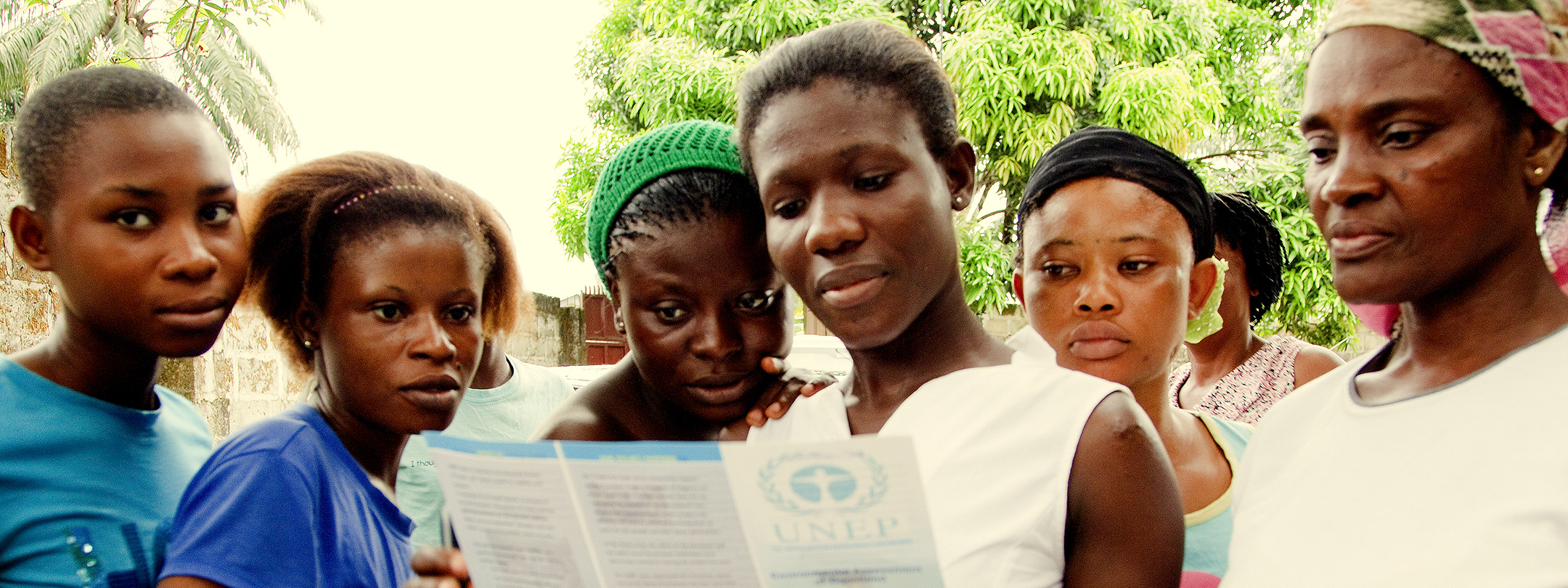Mainstreaming the Environment into Postwar Recovery: The Case for 'Ecological Development'
Publisher: International Affairs
Author(s): Richard Milburn
Date: 2012
Topics: Cooperation, Monitoring and Evaluation, Programming, Renewable Resources
In the past decade there has been an increased realization of the shared geography between biodiversity and conflict, with recent research finding that over 80 percent of major armed conflicts between 1950 and 2000 occurred within biodiversity hotspots, and 90 per cent of conflicts occurred in countries containing biodiversity hotspots. This finding is accompanied by an expanding body of literature detailing the effects of armed conflict and the post-conflict development process on biodiversity, leading to the observation that ‘while war is bad for biodiversity,
peace is often worse’.
In response, a further body of literature has emerged analysing how the effects of conflict on biodiversity may most effectively be mitigated, and how best to encourage conservationists to engage with security and humanitarian organizations to integrate conservation into conflict and post-conflict interventions. This work, combined with the emergence of the environmental peacebuilding theory, has also highlighted the benefits that cooperation over environmental resource and biodiversity management can have in helping to prevent the outbreak of conflict, and enabling peacebuilding to promote a transition from armed conflict towards peace and subsequent sustainable development.
